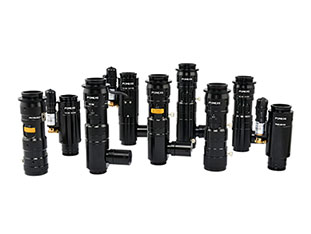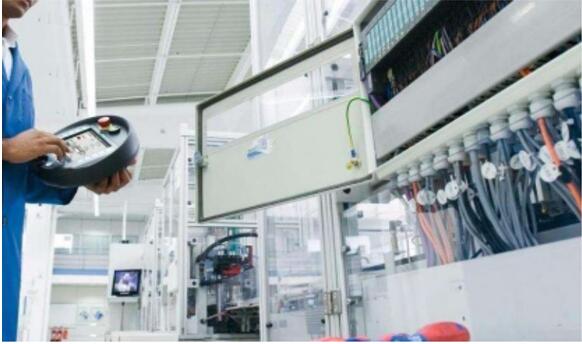In the fast-paced application of modern technology, zoom lenses, as an important part of the visual imaging system, are available in a wide variety of types with different functions. The key to quickly selecting the right zoom lens for a specific application in just one minute is to accurately grasp a few core parameters and make a decision based on the actual application scenario. Below is an efficient selection guide:
1. Clarification of multiplier requirements
Magnification is one of the most intuitive parameters of a zoom lens, and it determines the zoom range of the lens. A larger magnification means that the lens is able to cover a wider range of focal lengths, thus enabling clear image capture at different distances. First, you need to clarify whether your application scenario requires long-distance observation, macro shooting or both. For example, a larger magnification may be needed to cover a wider field of view for surveillance and security purposes, while a higher magnification may be more important for capturing details for precision inspection.
2. Motorized vs Manual
Motorized or manual adjustment is a key factor affecting the ease of operation and the degree of automation. Motorized zoom lenses (motorized zoom lenses) control the zoom through electronic signals and are suitable for scenarios that require remote control, a high degree of automation, or frequent focus adjustments, such as machine vision inspection on automated production lines. Manual zoom lenses, on the other hand, are more dependent on direct manipulation by the operator and are suitable for applications with stringent cost requirements or relatively fixed environments.


3. Consideration of imaging magnification
Imaging magnification is directly related to the ability of a lens to capture detail in an image. Higher imaging magnification means that more detail can be rendered, which is critical for applications that require high-precision measurements, such as semiconductor inspection and biomedical imaging. However, it should be noted that high imaging magnification is often accompanied by a reduced field of view, so the choice needs to be weighed against the size and distance of the actual object being inspected or photographed.
Quick Selection Steps:
1、Determine the needs: first of all, clarify the application scenarios, including the range of the distance to be observed, the need for automated control and the accuracy of imaging requirements.
2、Screening magnification: According to the requirements, initially screen out the lens models that meet the magnification requirements.
3、Selection of adjustment mode: Based on the ease of operation and automation needs, determine whether to choose motorized or manual zoom lens.
4、Evaluate imaging magnification: Combined with the size of the object in the application scenario and the requirements for inspection accuracy, further screen lenses with appropriate imaging magnification.
5、Consider other factors: such as lens weight, size, interface type, compatibility, etc., to ensure that the selected lens can be smoothly integrated into existing systems.
6、Check evaluations and tests: Finally, check user reviews, professional reviews or conduct sample tests to verify the performance of the lens in actual applications.
Product recommendation
TECHNICAL SOLUTION
MORE+You may also be interested in the following information
FREE CONSULTING SERVICE
Let’s help you to find the right solution for your project!


 ASK POMEAS
ASK POMEAS  PRICE INQUIRY
PRICE INQUIRY  REQUEST DEMO/TEST
REQUEST DEMO/TEST  FREE TRIAL UNIT
FREE TRIAL UNIT  ACCURATE SELECTION
ACCURATE SELECTION  ADDRESS
ADDRESS Tel:+ 86-0769-2266 0867
Tel:+ 86-0769-2266 0867 Fax:+ 86-0769-2266 0867
Fax:+ 86-0769-2266 0867 E-mail:marketing@pomeas.com
E-mail:marketing@pomeas.com
